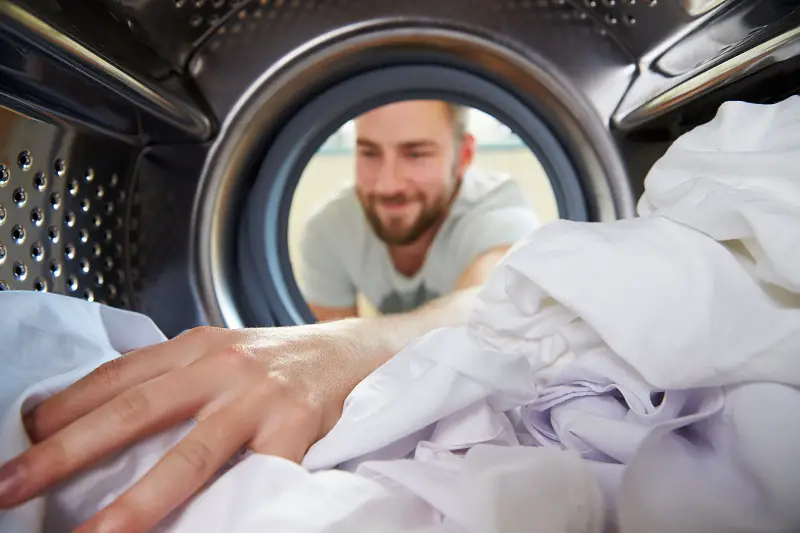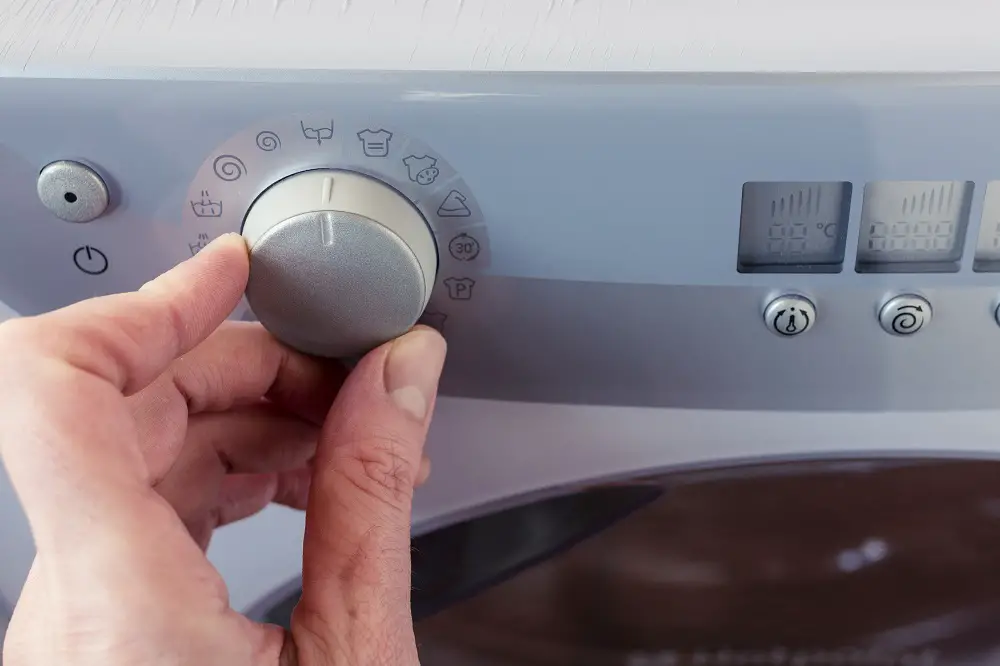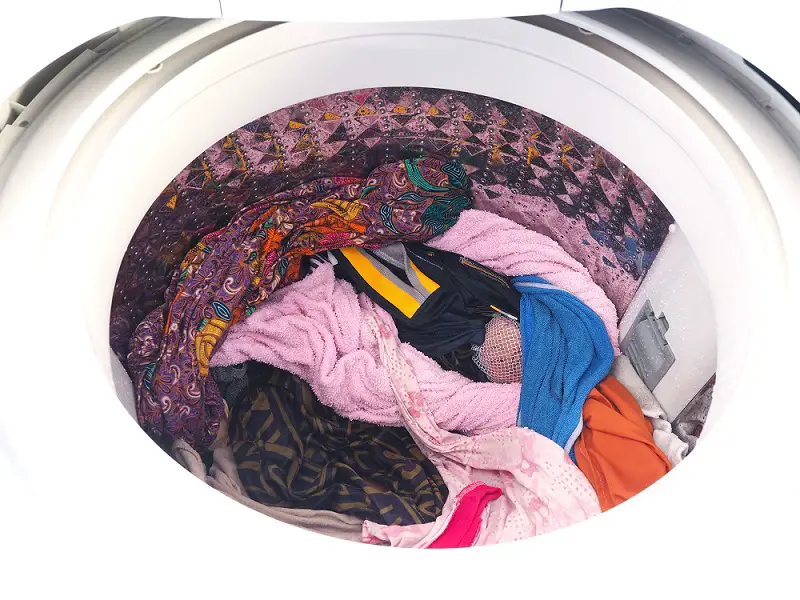Portable dryers are smaller and don’t need a complicated setup before you can start using them. But does this automatically mean they don’t need a vent?
Portable dryers can be constructed as vented models, condenser and heat pump, or spinning dryers. While vented clothes dryers need a vent, the other types don’t.
The purpose of dryer vents is to allow hot air, lint, and moisture to be expelled.
We’ll take a look at the pros and cons of the different models and also discuss if you can use a vented portable dryer without a vent.
Table of Contents
How Do Portable Dryers Vent?
Portable dryer venting is similar to standard electric dryer venting. Regularly vented dryers require outdoor dryer vents, like a pipe or hose, to expel the hot, moist air and lint.
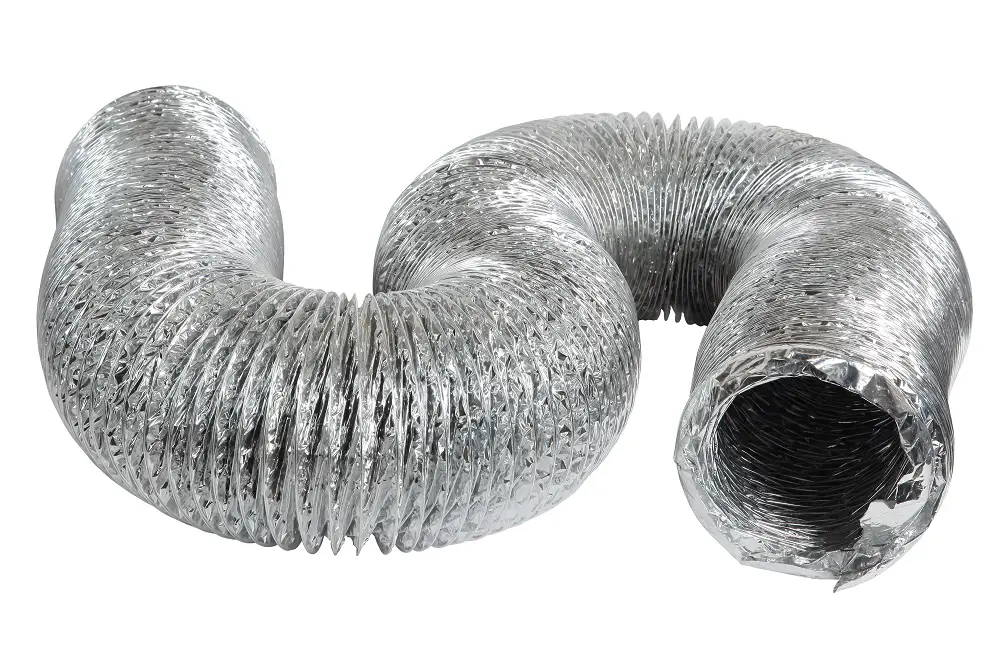
Portable dryers can use a pipe or hose which is run out a window rather than being fixed, as the dryer doesn’t stay portable otherwise.
For spaces without outer wall access especially, indoor dryer vents can be an option and are possible for apartments and condominiums where external venting isn’t possible.
These tools are called condenser boxes, and although we’re not happy with them, you can check more info here: How Do Tumble Dryer Condenser Boxes Work?
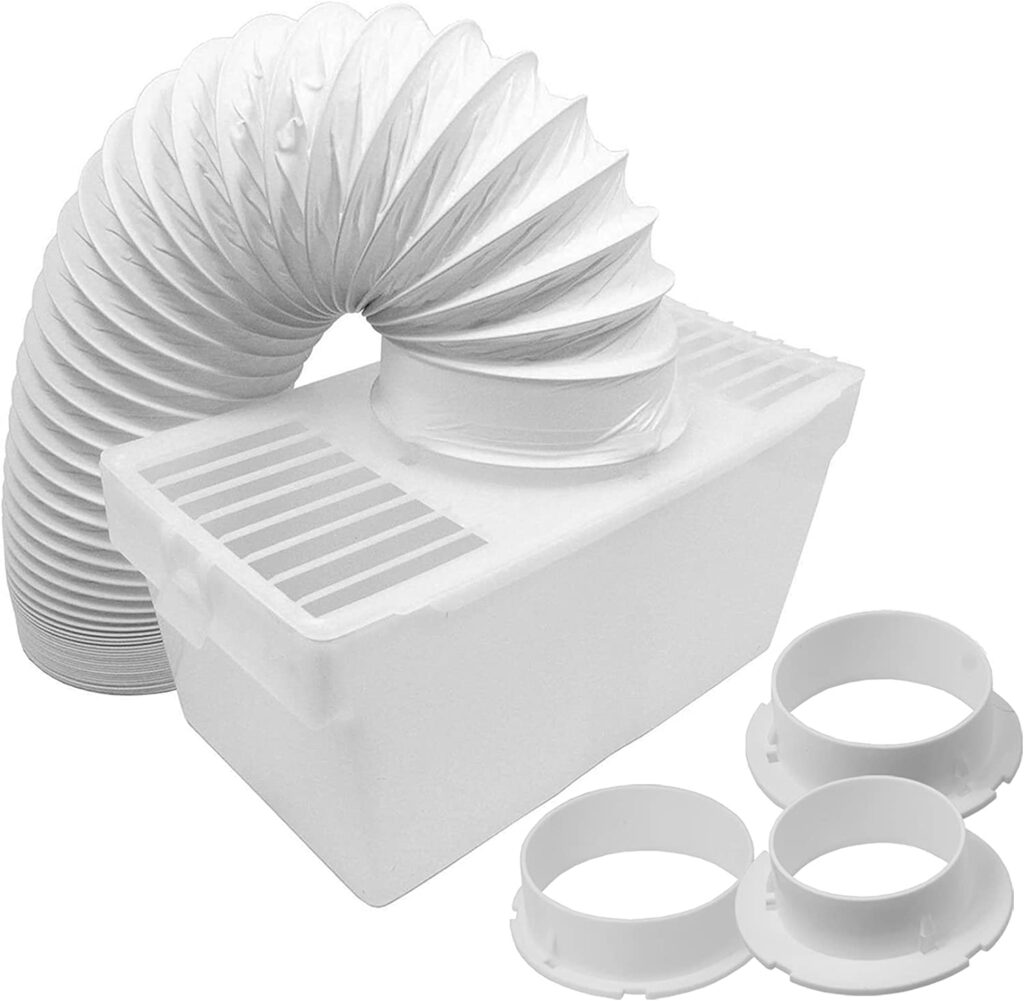
Portable Dryers That Need a Vent
Like a normal tumble dryer, a portable vented dryer that evaporates water vapor by heating the clothes needs a vent. The water vapor is discharged to the outside through the dryer vent.
Although rare these days, a portable gas dryer needs a vent to expel the exhausts. If not vented, these harmful compounds are a fire hazard and mix with the air you breathe.
However, a tumble dryer can work without a vent hose if free-standing. There must be good airflow around and somewhere for the warm air to escape, like close by a window, vent, or door.
Portable Dryer That Doesn’t Need a Vent
For those who lack indoor space for a dedicated laundry room or cannot accommodate a vent, some portable dryers don’t need a vent.
A condenser dryer doesn’t need a vent.
Instead, the air drawn from the room is heated to dry clothes and passed through a cooling device or heat exchanger. This causes the air to condense and flow into a containment chamber within the dryer.
Similarly, a heat pump dryer is also a ventless dryer.
It pulls the air from the room and reuses the hot air to dry the clothes. The air passes through a heat pump and condenses into water vapor on the cold side that drains through a drain pipe or collection tank.
The foldable clothes dryer or the rack-style clothes dryer also doesn’t need a vent.
Instead, this portable dryer typically uses a heater and rotation to dry the clothes.
It often comes with a timer, and the machine shuts off automatically when the time is up. However, with no vents, there is nowhere for the hot air to escape, which is a disadvantage.
Using a Vented Portable Dryer Without the Vent
If there is no option but to operate a portable dryer (even the vented type) without the venting system, certain precautions must be taken each time the dryer is used.
- Open the doors and windows in the room where the dryer sits.
This helps ventilate the humid air and reduce the room temperature. - Install a dryer lint trap to catch the expelled lint.
This prevents fabric particles or fluff from escaping indoors and increasing household allergens. - The internal lint screen and lint trap must be cleaned regularly
to avoid lint buildup that could become a fire hazard and reduce the dryer’s effectiveness. - Use an indoor dryer vent kit
that is relatively easy to use and requires less time to set up and maintain. An indoor dryer vent blows into the room and uses a filtration system to capture rogue lint.
Pros and Cons of Using a Vented Portable Dryer Without the Vent
If you were to remove the vent hose from the back of the dryer and use the appliance as usual, here are some pros and cons.
Pros
- No need for hose provision:
If you’re tight on space or can’t make provisions to run a hose (like drilling through a wall), you could try running a vented dryer without the vent. However, you must ensure sufficient ventilation. - No need to clean the vent hose:
Over time, the vent hose tends to accumulate lots of lint and other debris, which needs to be cleaned regularly. This can be avoided if no vent is used. - Lower installation costs:
Avoiding vents helps save money on paying to have outdoor dryer vents fixed.
Cons
- Fire hazards:
Running a dryer without the vent increases heat and lint buildup, increasing the fire risk. - Mold problems:
Without a dryer vent, the hot, moist air blows into the room, making it hot and humid. Consequently, with too much moisture, mold buildup increases, posing severe health problems. - Carbon monoxide:
Using gas dryers without a vent is highly harmful. Carbon monoxide, released from gas dryers, is odorless, colorless, and a health hazard. - Increased cooling costs:
The hot, humid air from the dryer released into the room will increase the room’s temperature. During summers, you’ll have to run the air conditioner longer for indoor cooling. - Release of fluff:
Along with moist air, lots of dusty fluff gets released into the air indoors. - Condensation:
If the dryer is in a cold room, there will be condensation on cold objects.
There are comparatively lesser pros than cons of running a vented dryer without a vent.
The cons outweigh the pros and that is why we do not recommend using a vented portable dryer without the vent.
Final Thoughts
While the ventless dryers sold these days are a popular preference, it isn’t uncommon to find portable vented ones.
Portable condenser dryers, heat pump dryers, and foldable rack-type dryers don’t need a vent.
However, gas dryers and electric tumble dryers do.
Although portable dryers (electric ones) don’t necessarily need to be vented, it’s recommended to do so unless there is ample ventilation around the dryer.
